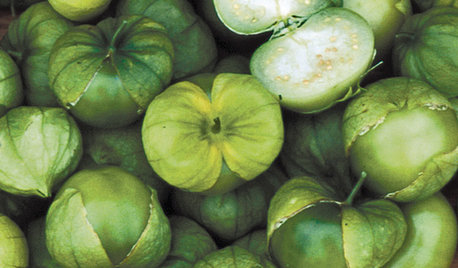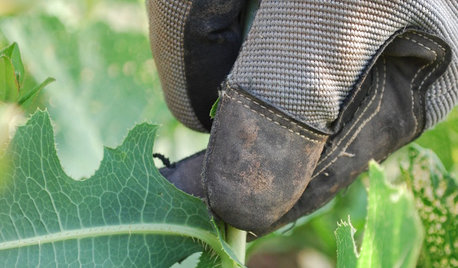Soil concerns after tomato blight
joel_bc
12 years ago
Featured Answer
Sort by:Oldest
Comments (18)
oliveoyl3
12 years agoKimmsr
12 years agoRelated Professionals
Havre de Grace Landscape Architects & Landscape Designers · Hartford Landscape Contractors · Cincinnati Landscape Contractors · Columbine Landscape Contractors · Federal Way Landscape Contractors · Forest Hills Landscape Contractors · Harvey Landscape Contractors · La Vista Landscape Contractors · Oxnard Landscape Contractors · Bowie Decks, Patios & Outdoor Enclosures · Gaithersburg Decks, Patios & Outdoor Enclosures · Lauderdale Lakes Decks, Patios & Outdoor Enclosures · Surfside Decks, Patios & Outdoor Enclosures · Verde Village Decks, Patios & Outdoor Enclosures · Pleasant Grove Decks, Patios & Outdoor Enclosuresjoel_bc
12 years agoKimmsr
12 years agojoel_bc
12 years agoKimmsr
12 years agojoel_bc
12 years agoKimmsr
12 years agojoel_bc
12 years agooliveoyl3
12 years agojoel_bc
12 years agojoel_bc
12 years agooliveoyl3
12 years agojoel_bc
12 years agooliveoyl3
12 years agoBelgianpup
12 years agooliveoyl3
12 years ago
Related Stories

LANDSCAPE DESIGNFlood-Tolerant Native Trees for Soggy Soil
Swampy sites, floodplains, even standing water ... if you've got a soggy landscape, these trees are for you
Full Story
EDIBLE GARDENSSummer Crops: How to Grow Tomatoes
Plant tomato seedlings in spring for one of the best tastes of summer, fresh from your backyard
Full Story
SUMMER FRUITS AND VEGETABLESSummer Crops: How to Grow Tomatillos
Grow this Mexican native for the freshest salsa verde — and for fewer problems than its tomato cousins
Full Story0

EVENTSOn Show: Weird, Wondrous Science Meets Design
Houses grown, not built. Power-generating soil. And snail poop that ... well, see for yourself in our coverage of a new Rotterdam exhibit
Full Story
BEFORE AND AFTERSSee 6 Yards Transformed by Losing Their Lawns
Wondering whether a turf lawn is the best use of your outdoor space? These homeowners did, and they found creative alternatives
Full Story
SPRING GARDENINGSummer Crops: How to Grow Strawberries
Pluck your own sweet strawberries right from the garden vine for smoothies, salads or eating then and there
Full Story
FARM YOUR YARDHow to Grow Vegetables in Containers
Get glorious vegetables and fruits on your patio with a pro’s guidance — including his personal recipe for potting mix
Full Story
REGIONAL GARDEN GUIDESCalifornia Gardener's March Checklist
Give natives and tropicals a well-deserved spotlight — plus, discover an easy herb that keeps on giving
Full Story
LIFEPortrait of a Terribly Good Neighbor
Sometimes the best kind of neighbor isn't the kind you'd expect
Full Story
FARM YOUR YARD6 Things to Know Before You Start Growing Your Own Food
It takes time and practice, but growing edibles in the suburbs or city is possible with smart prep and patience
Full StoryMore Discussions








oliveoyl3